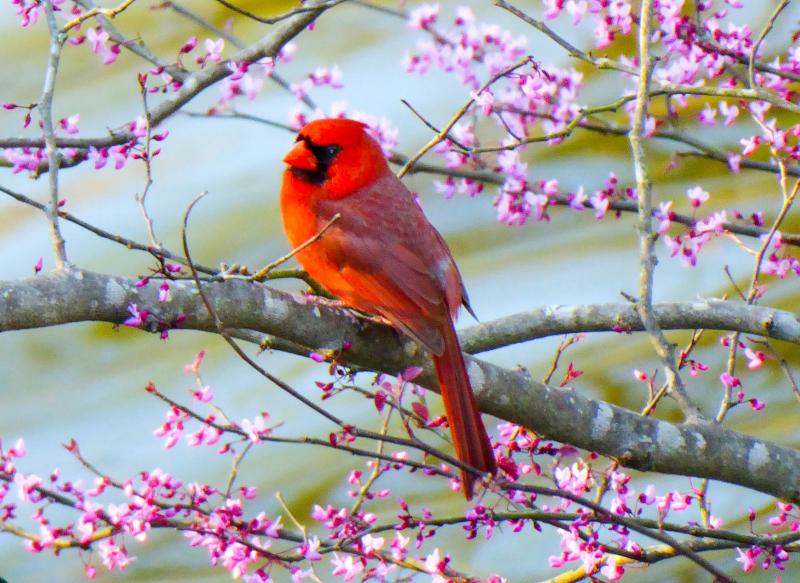Gardens have vertical layers. To provide interest for those layers, gardeners choose plants in elevations ranging from ground-level covers to knee-high flowering perennial plants, eye-level shrubs, mid-story small trees and large shrubs, and up to the top story of tall trees. Among these vertical garden stories, one of the richest is the mid-story, small flowering trees or large growing shrubs that act as trees, ranging from 12 to 20 feet. They are big enough to provide shade and underplanting or sitting area, and low enough to see the flowers well.
Mill Pond Garden welcomes visitors to see these choice trees and large shrubs, some of them flowering, from 11 a.m. to 1 p.m., Monday, April 26. A director’s tour of the specimens is set for 9:30 to 10:30 a.m., April 26.
Located at 31401 Melloy Court, Lewes, Mill Pond Garden is a nonprofit botanical garden on Red Mill Pond with a mission to provide holistic, beautiful, sustainable and educational plantings for the enjoyment of the community.
To subscribe and purchase tickets for the open day or the director’s tour, go to millpondgarden.com.
Also featured will be the peak of bloom for azaleas, tulips, camellias, perennial ephemerals and more, with views likely of the ospreys hunting and pond turtles basking on Red Mill Pond.
Mill Pond Garden team members recommend choice small deciduous trees as prime ornaments for local and Zone 7 gardens. Also recommended are one or two big trees, preferably black cherry or oak, for benefit to wildlife, especially birds, and because a large mother tree really does mother all the surrounding plants with its extensive mycelial microbiome. The ornamental value of small deciduous trees for gardens is key to their year-round appeal. Small trees in this area mean understory forest or sun species of trees under 20 feet tall, flowering and fruiting, if possible, or possessing other ornamental traits like bark or fall leaf color. These small trees bring a garden to vivid life many times a year. Some small trees Mill Pond Garden recommends are natives and some are not, but even the non-natives are highly beneficial to insects and birds, and are not invasive species, so they are good choices for local gardens.
In a four-season garden, one should plant about 60 percent evergreen and 40 percent deciduous plants – ground covers, trees and shrubs. For a residential property, this may include anywhere from several small trees to a couple dozen.
Mill Pond Garden, at three-quarters of an acre, offers the following deciduous, ornamental flowering small trees for viewing: crabapples, mimosa, Japanese maples, crepe myrtles, hybrid dogwoods and native dogwoods, redbuds, sourwoods, hawthornes and tree-size viburnums. All are beneficial to insects and animals for flower nectar, fruits, seeds, shelter for nesting, and habitat for insects that also provide food for birds. For beauty they provide foliage color, flowers, beautiful growth habits, interesting bark and excellent bright-fall leaf color. All these trees typically do well in the Cape Region and throughout Zone 7.


















































